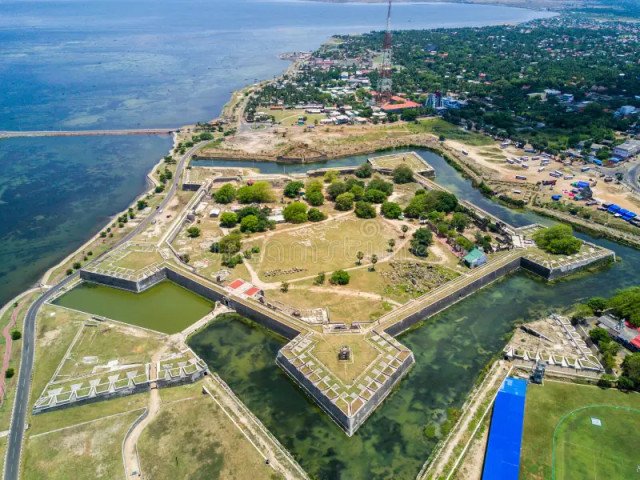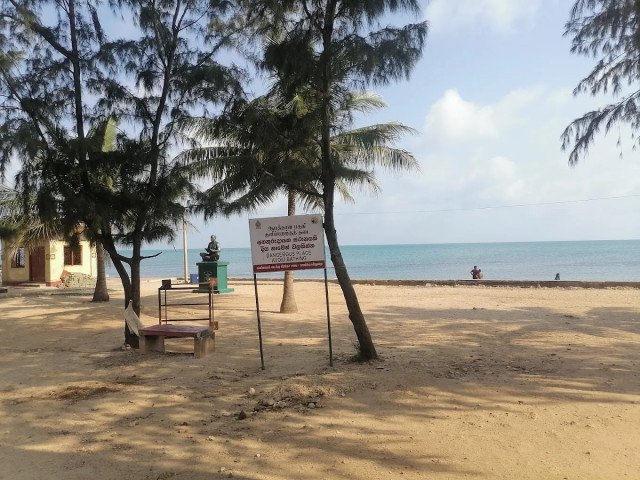Limestone Cave, Jaffna District, Northern Province, 40000
Listing Owner
Listing Description :
Tucked beneath lush forests and rocky hills, limestone caves in Sri Lanka reveal a different kind of natural wonder—silent, dark, and full of secrets shaped over millions of years. These caves are not just geological formations; they are time capsules. Dripping stalactites, underground chambers, ancient paintings, and rare wildlife make these subterranean marvels fascinating to both nature lovers and adventure seekers.
From the mystical Waulpane Cave with its underground river and fossil-filled walls, to the remote and lesser-known Andirilena Cave, Sri Lanka’s limestone caves offer more than just sightseeing. Many of them are connected with local legends, ancient meditation sites, and unexplored depths that spark curiosity and wonder.
Whether you're an experienced spelunker or a curious traveler looking for an offbeat experience, the limestone caves of Sri Lanka promise a raw, immersive encounter with nature and history beneath the surface.
Common FAQs :
-
Waulpane Cave is one of the most popular limestone caves in Sri Lanka, located in the Sabaragamuwa Province.
-
The cave features an underground river, ancient fossils, and stalactite and stalagmite formations.
-
Andirilena Cave is located in Udugama near Galle and consists of several narrow passages and hidden chambers.
-
Ravana Cave in Ella is linked to the famous Ramayana legend and is also a small limestone formation.
-
Limestone caves in Sri Lanka are formed through the slow erosion of rock by acidic groundwater over thousands of years.
-
Many caves are located in forested or mountainous areas and require moderate to strenuous trekking to access.
-
Guided tours are recommended for safety and navigation, especially in deeper cave systems.
-
Some caves are home to bats, blind fish, insects, and other cave-dwelling wildlife.
-
Caving gear such as headlamps, sturdy shoes, and gloves is highly recommended.
-
Entry to most caves is free, but local guides may charge a fee.
-
The best time to visit caves is during the dry season, from December to April, to avoid slippery conditions.
-
Cave exploration is not advisable during heavy rains due to the risk of flooding and falling rocks.
-
Visitors are advised to go in small groups and inform locals or forest officers before entering remote caves.
-
Certain caves are also used by monks for meditation and are considered sacred.
-
There are no commercial facilities inside caves, so visitors must bring water, snacks, and essentials.
-
Photography is possible but requires careful handling of equipment in low-light, wet conditions.
-
Many caves are still being mapped and studied by geologists and archaeologists.
-
Respect for wildlife and ancient artifacts is essential while exploring cave interiors.
-
Proper ventilation is limited in deeper cave systems, so cautious movement is important.
-
Limestone caves provide a unique combination of adventure, natural beauty, and local folklore.



























